-
On my Raspberry-Pi I got a warning my Firefox browser was getting out of date. Updating was no easy task, I had to add an Ubuntu repository, which seemed to fail, then install Firefox. Somehow it all worked after a reboot. Of course, I had to set up my bookmarks, which didn’t take long. 🤞

-
Forgot to charge the iPad overnight, so I doodled instead.
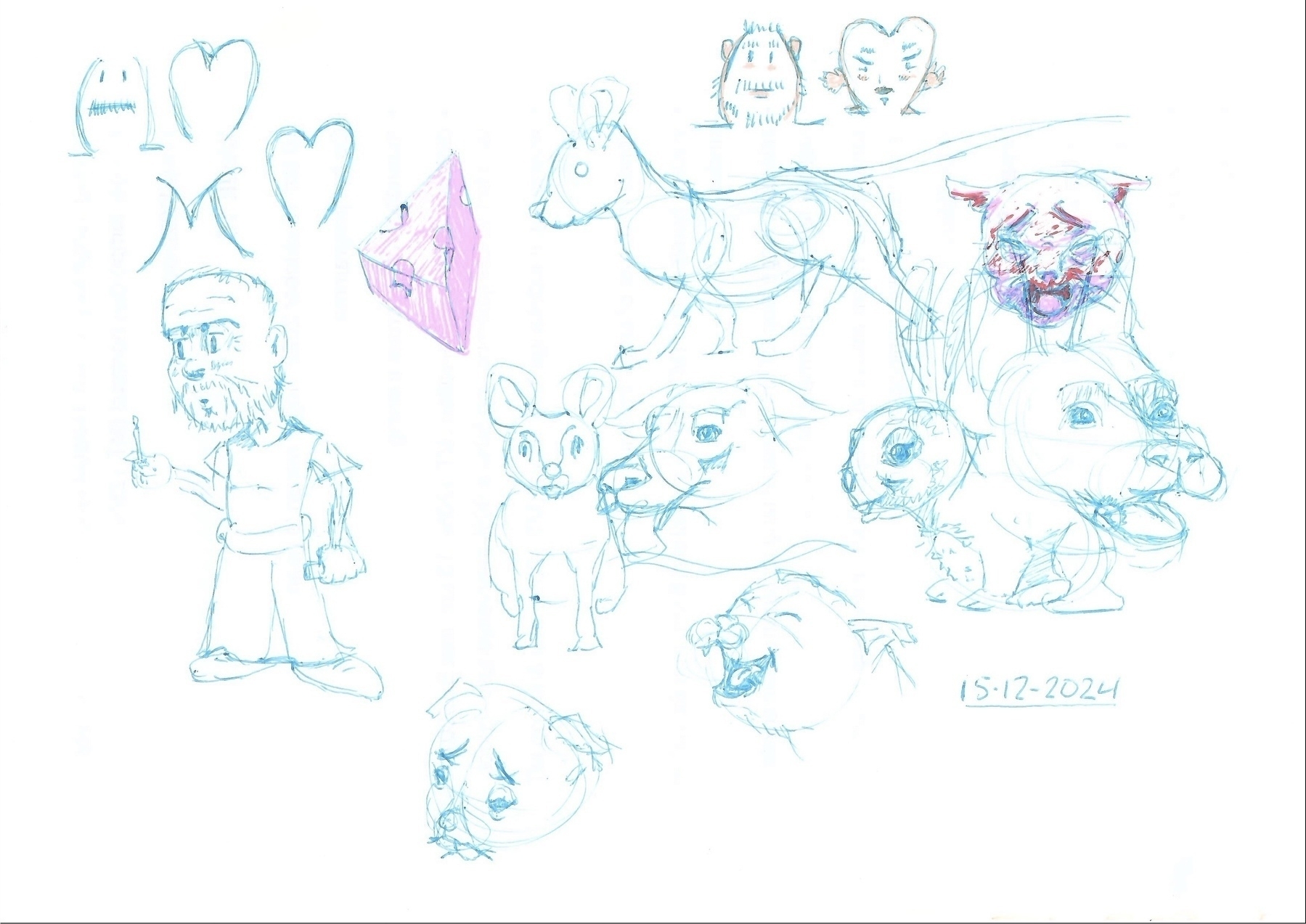
-
Sometimes all I can manage is a wispy sketch, and no more. I don’t want to continue, so I shouldn’t. I guess I needed some distance, and perhaps finish it later. The creative mind is an unpredictable mess that doesn’t listen to time tables and deadlines.
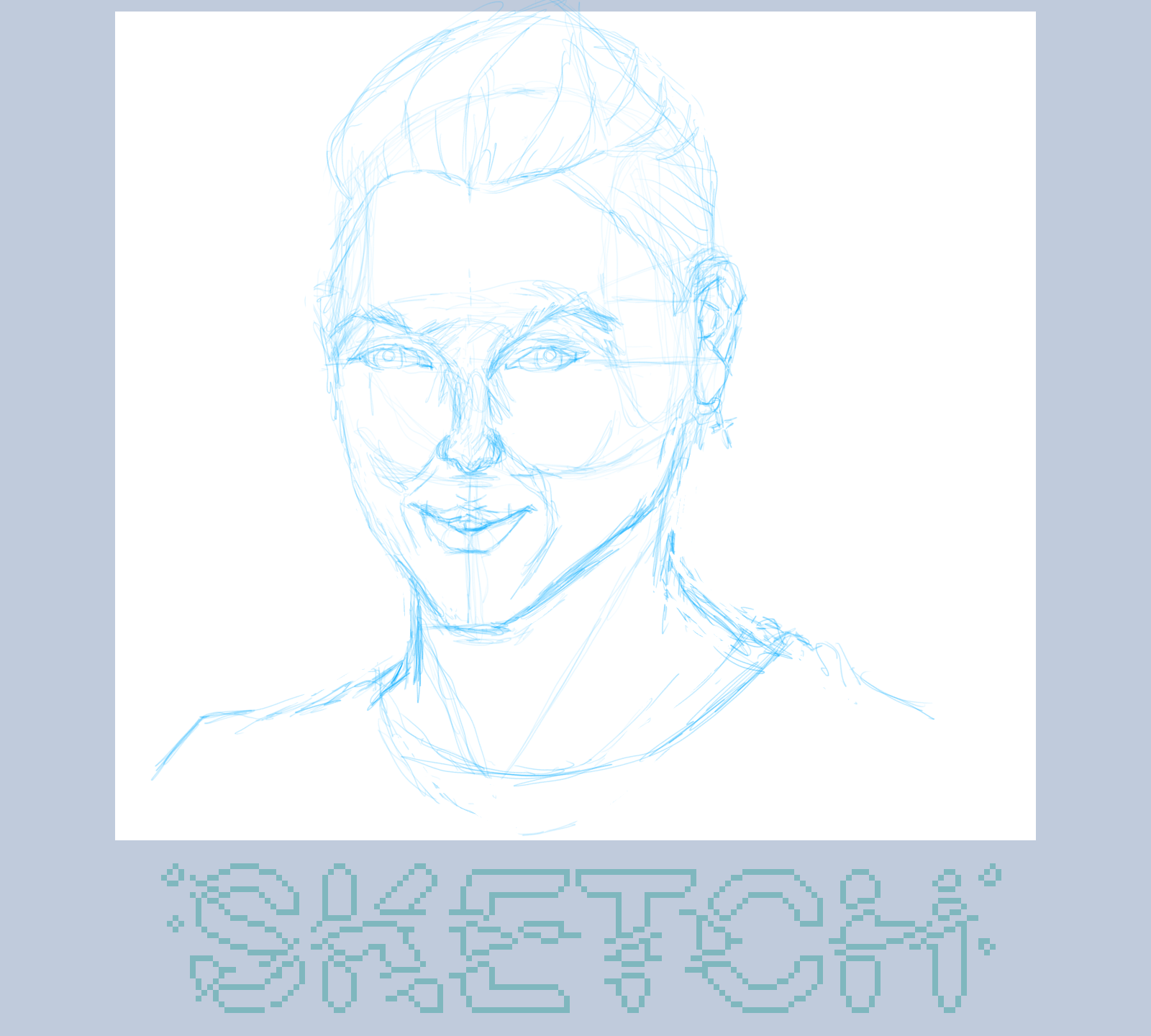
-
What to do with circles I took so much care constructing? I know…
Whimsical is good!
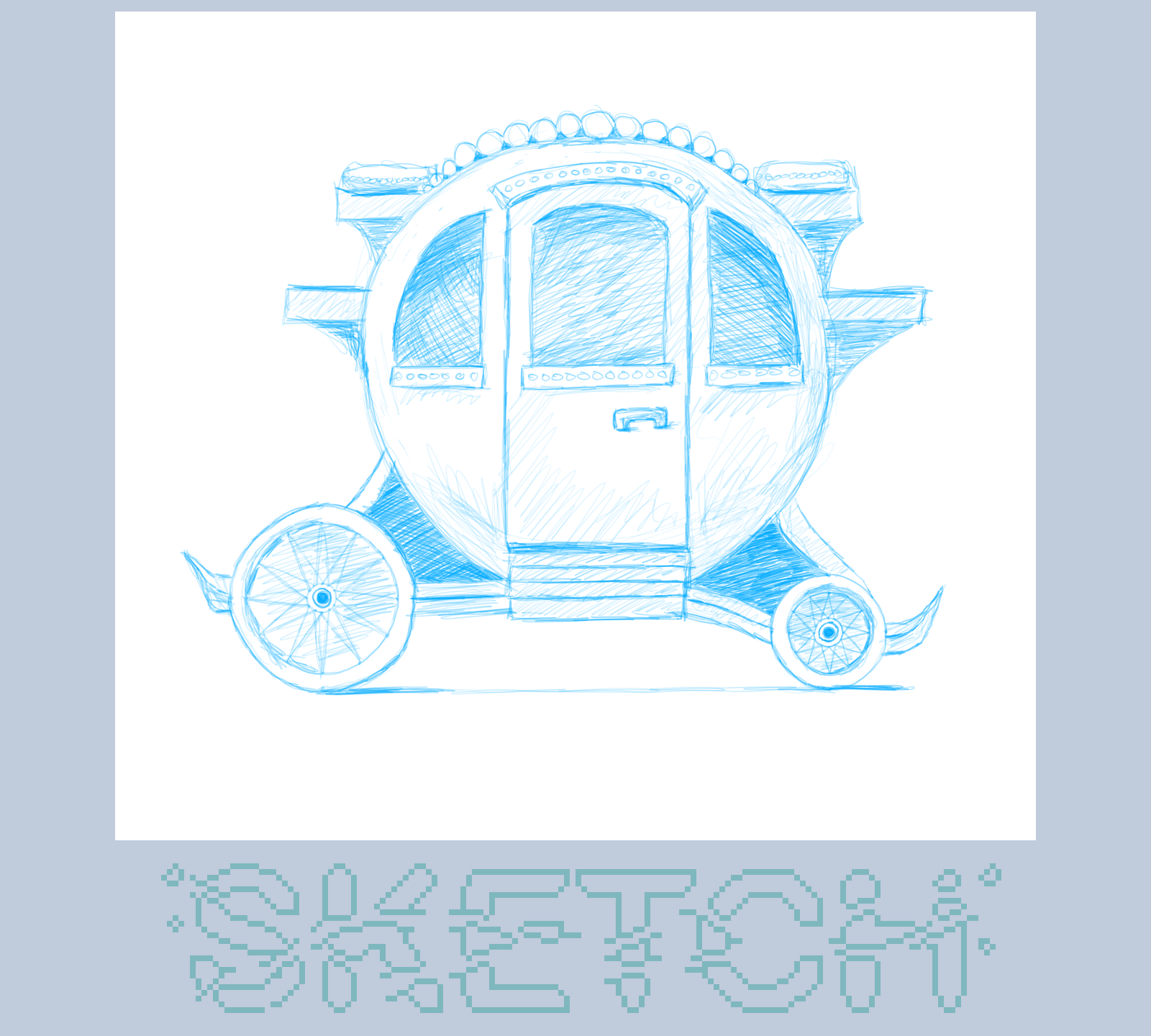
-
Trying to apply what I’ve learned in the past days to a portrait from a photo. Though it’s rather “mechanical” I’m pleased with the progress I made in such a short time. Furthermore, drawing longer than 30 minutes doesn’t seem to bother me anymore. So that’s progress too.

-
Today’s rough sketch is a stepping stone in getting better at drawing portraits. You can read my self-review here.
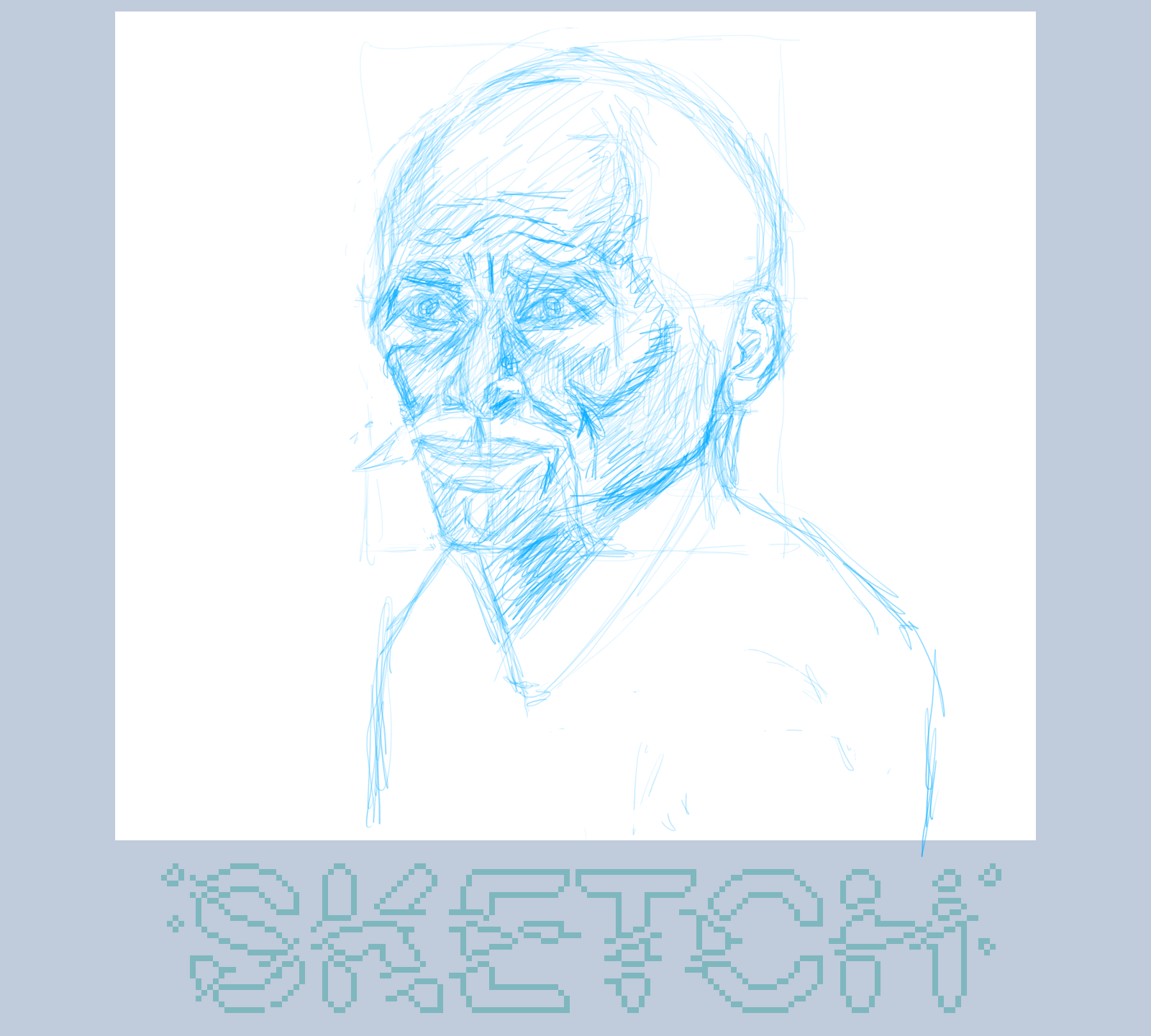
-
👨🎓 Another thing I learned today from cross-posting. Fancy html like using
figureandfigcaptionis a bit of a waste. Better to assume the reader is sophisticated enough to grasp the image, and let the ALT tag do its thing. The messages are short anyway, since the Big Wall ‘o Text (BWoT) is separate. -
Today’s sketch is a squirrel. I did a little self-critique you can read here.
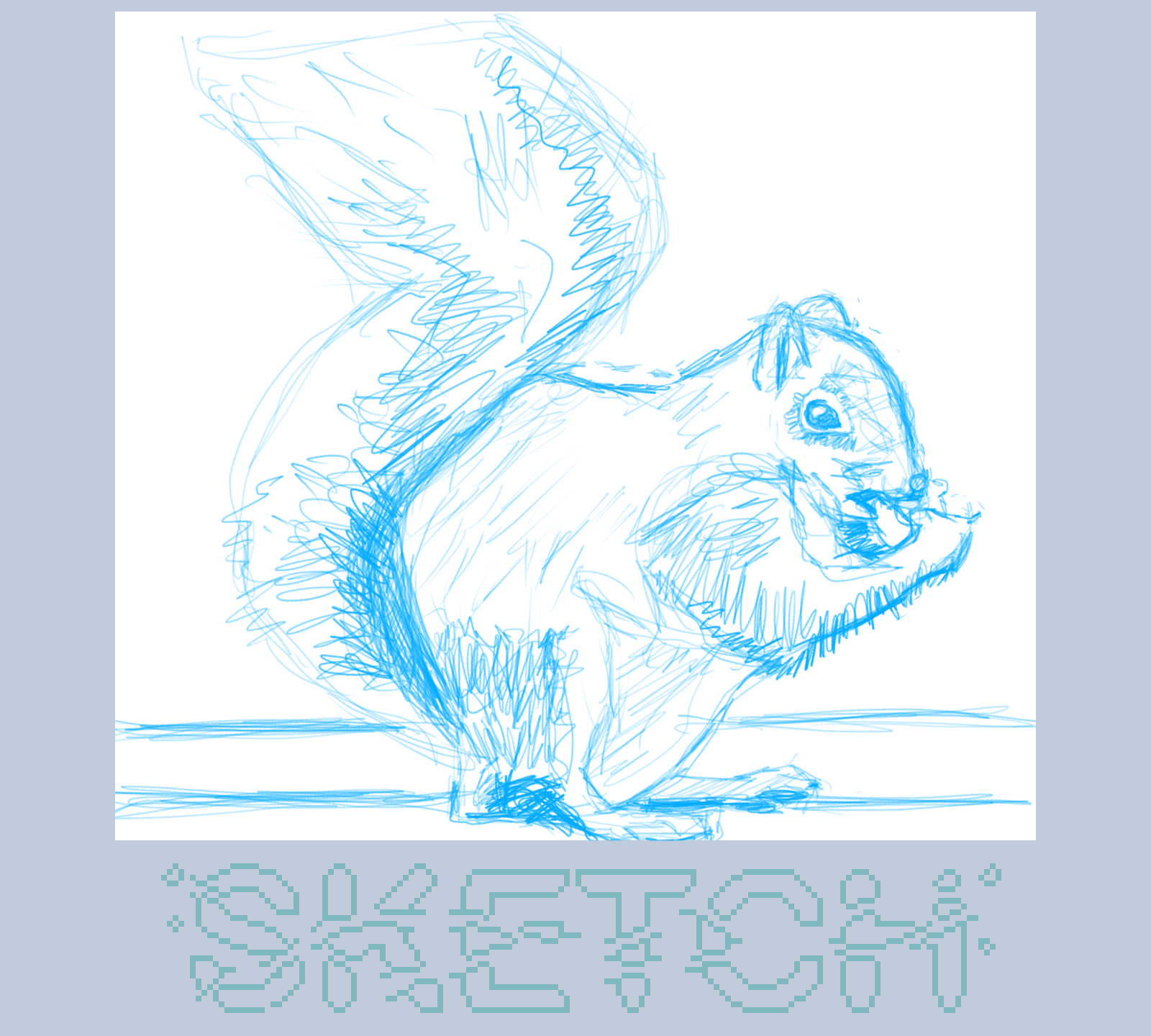
the rough sketch of a squirrel -
Anyone can doodle. You don’t have to be good at it. That’s the whole point. Let your imagination run free. Liberate your inner child. At least, that’s what I told myself…
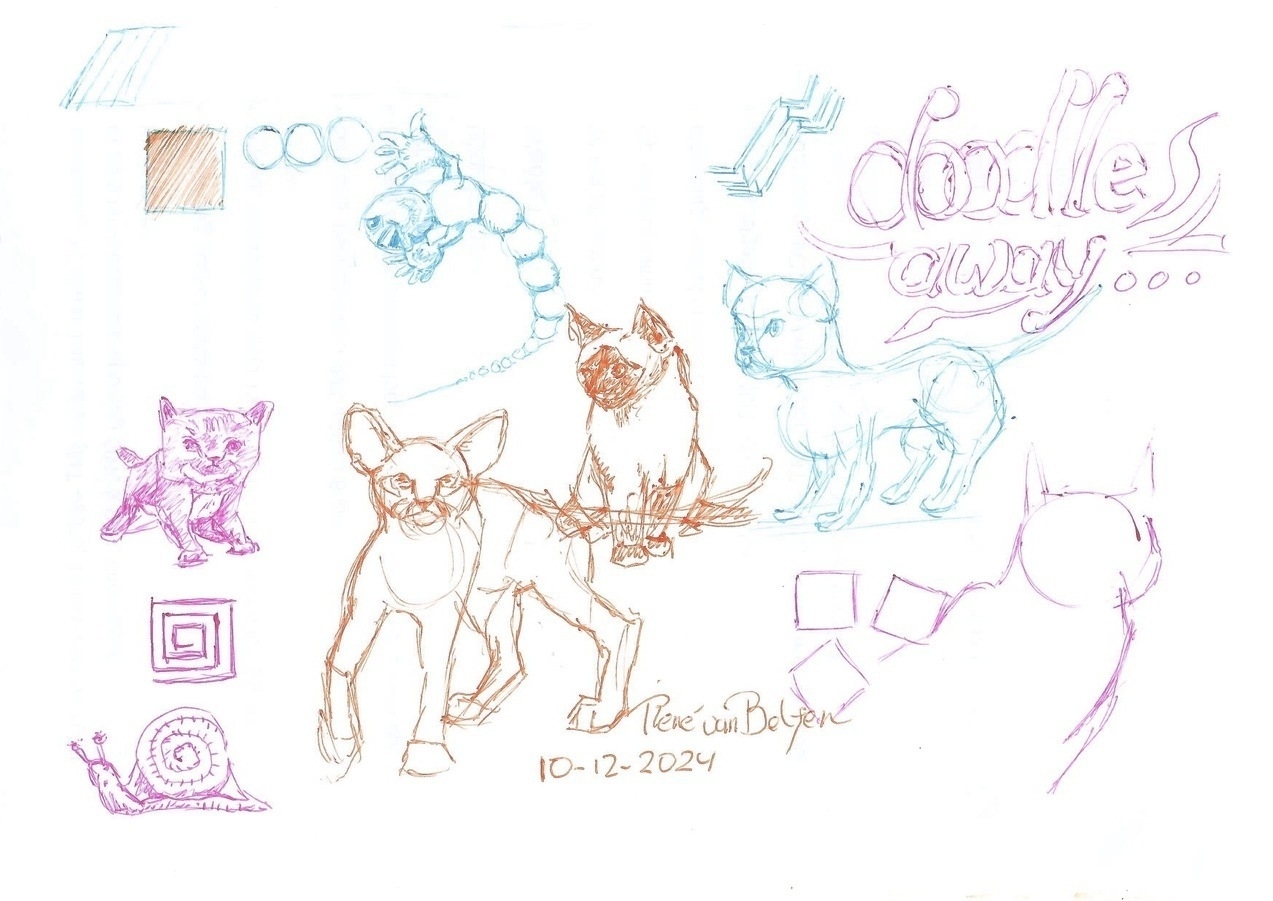
-
Unlike 2024, when I should’ve made a game, but didn’t, in 2025 I want to challenge myself with something I’m more familiar with. I want to get better at creating art for myself at first, and perhaps for others later in the year.
Read more here.
-
Learning as I go. It seems Bluesky prefers text-with-one-image. I suppose I can live with that. It simply means breaking up longer articles into smaller ones, or write a separate blurb with a link to a larger article. I suppose that would require a dedicated blog for long-form content, which I have.
-
There’s no use beating yourself up over things not being perfect, because they never will be. Rather than that, I prefer a loose interpretation of a scene, with my spin on it. There are some anatomical issues, though.
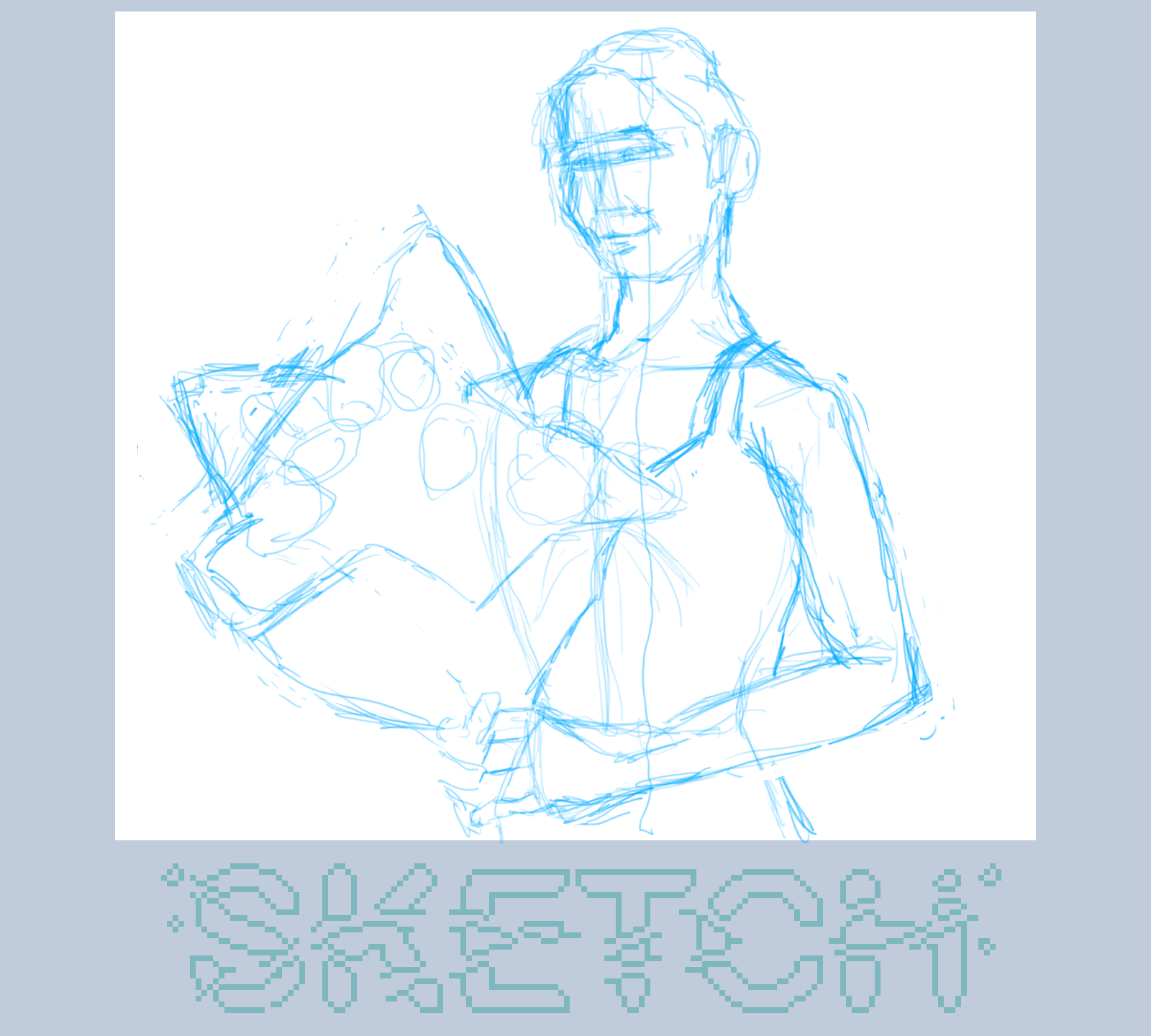

rough sketch and its process video to show how I built it up -
When the title of a piece is more interesting than the piece itself, I know I need to step up my game…
This is a good thing, since I felt a bit rusty in my art creation lately.
Line→Shape→Form
🐶
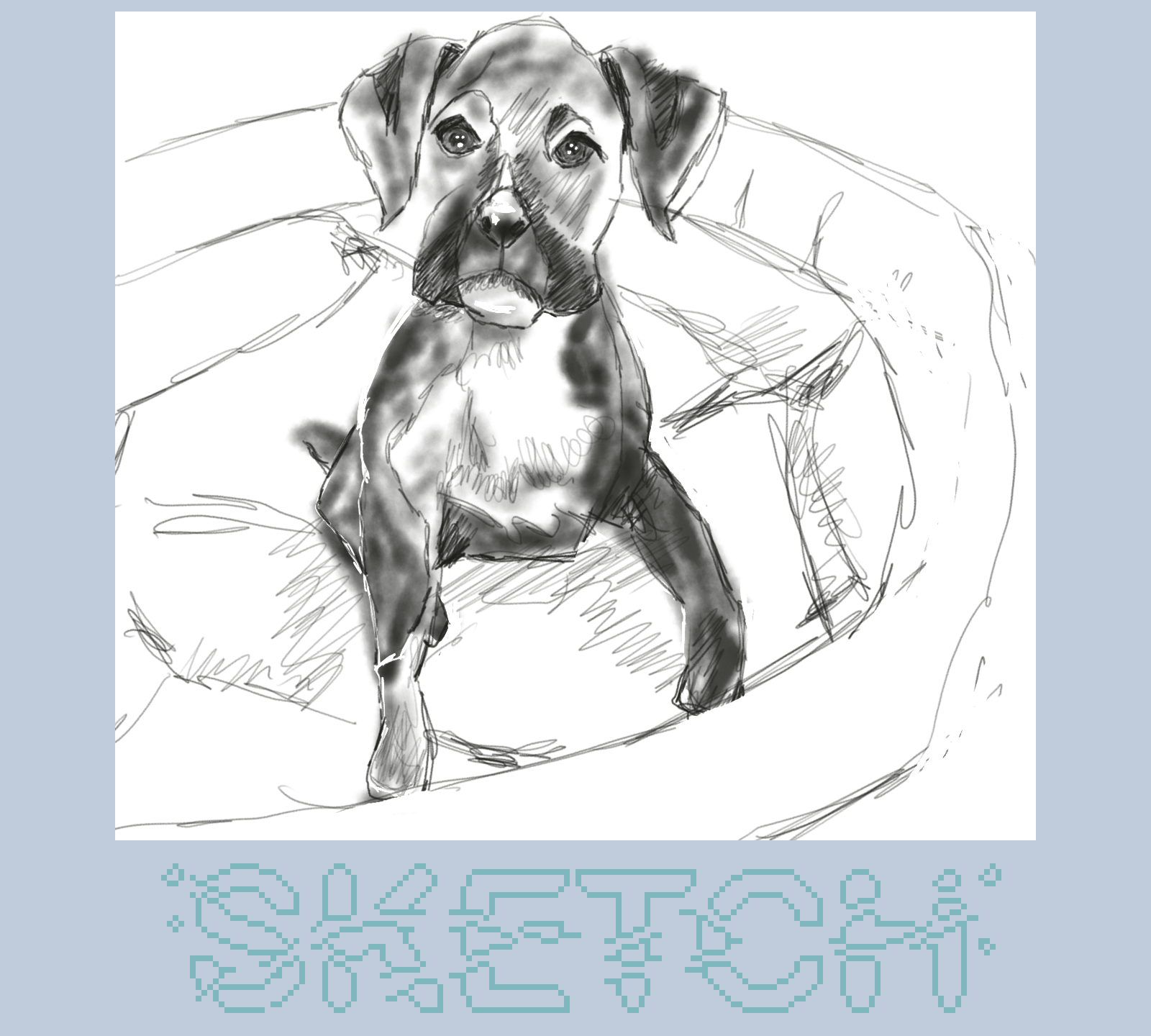
-
The only reason I still frequented Twitter/X is because of Pixel Dailies. They now switched to Bluesky, so I follow them there. Alas, there doesn’t seem to be federation in place, unless you use a hack, so I can’t but share Pixel Dailies profile page.
-
I suppose going into details when the basic structure of the head isn’t in place is a fool’s errant. I seem to stick to old habits. Drew this on Saturday, edited it today, to only see it went nowhere.
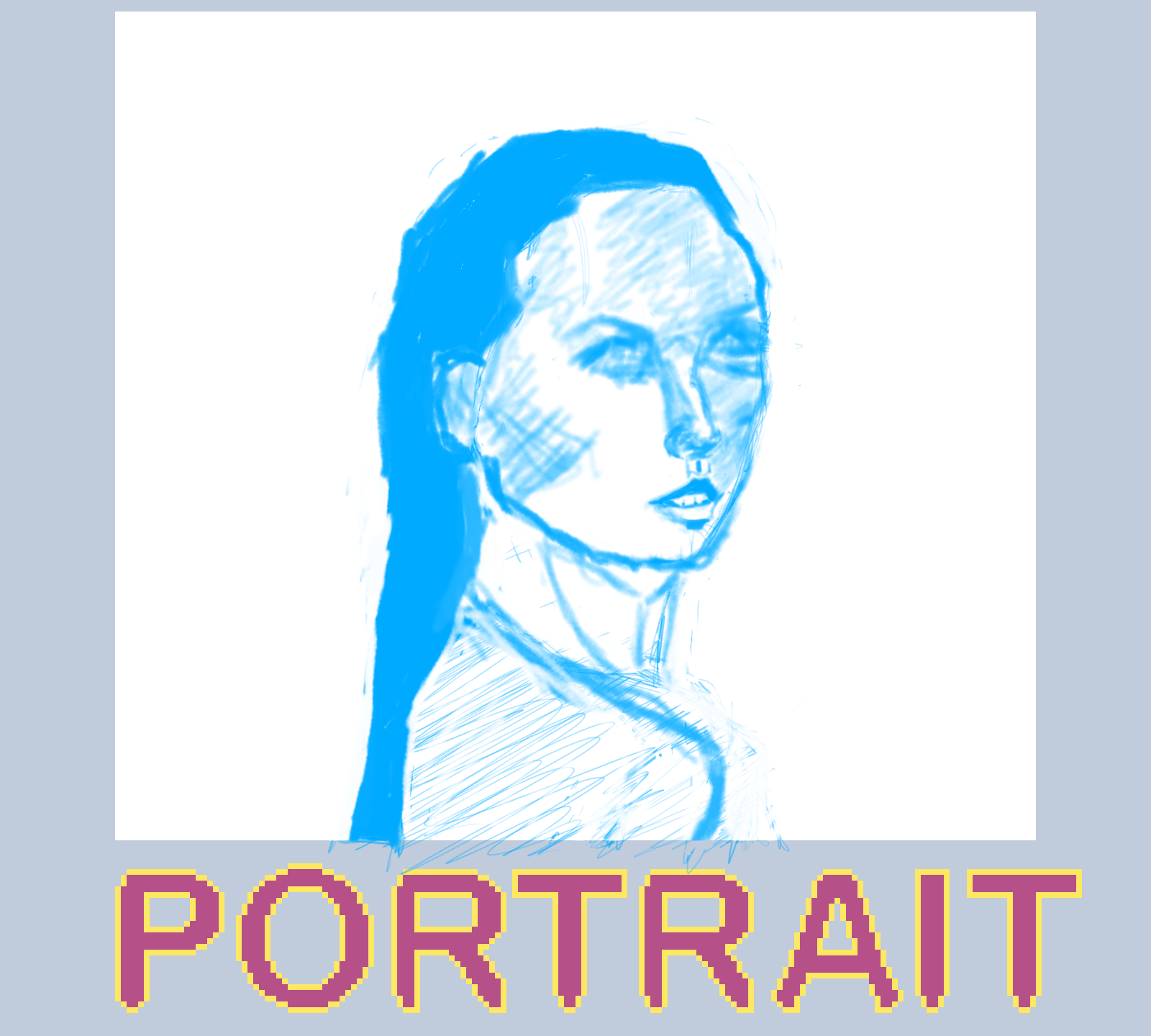

the sketch and the process video based on a photo -
One of many Pythagoras' theorem proofs.
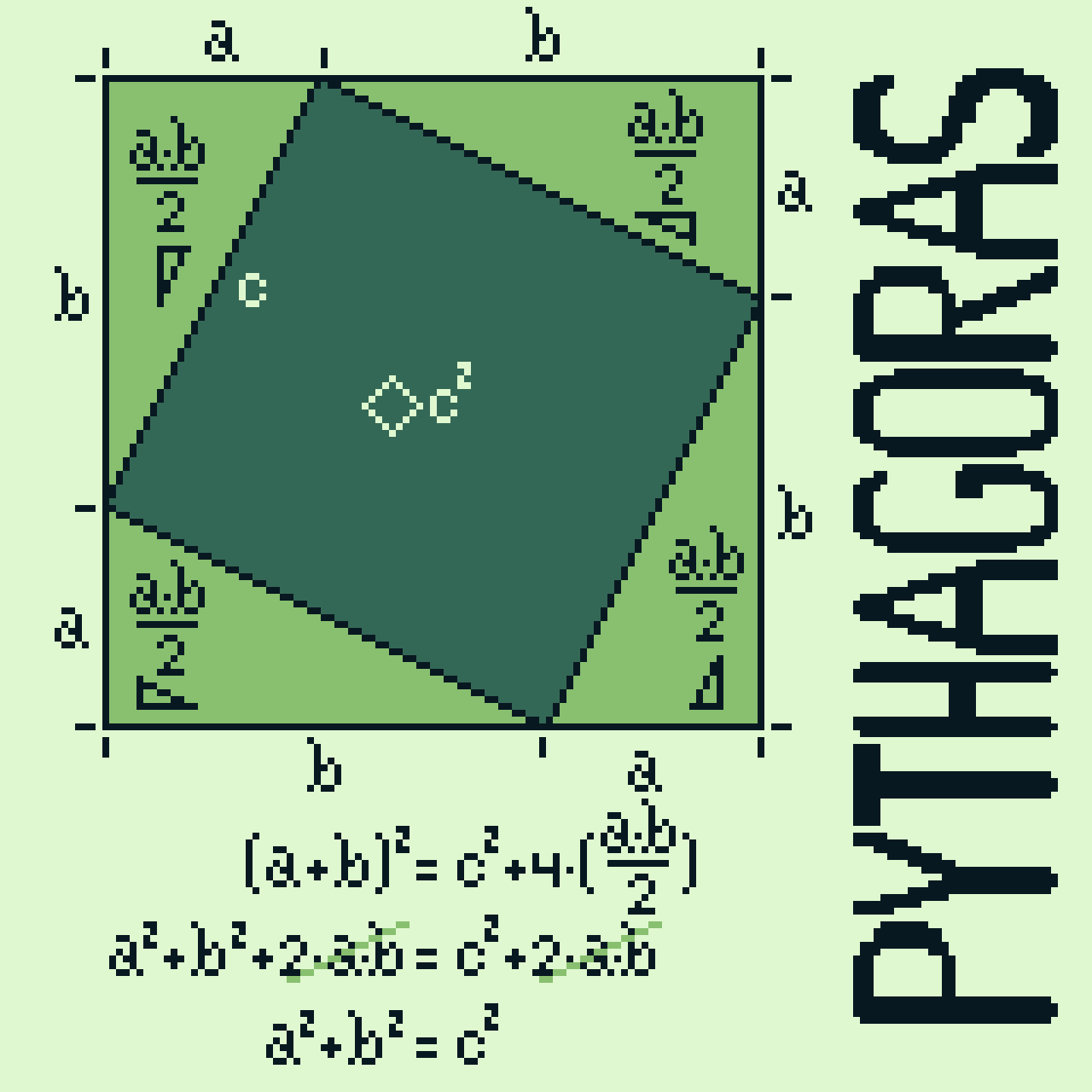
-
I had forgotten to charge the iPad overnight, so I had to draw analog, and I chose colored pen, to check how accurate I am at proportions. It turned out, there’s room for improvement. Once charged (a bit), I could scan, then resume charging the iPad Pro.
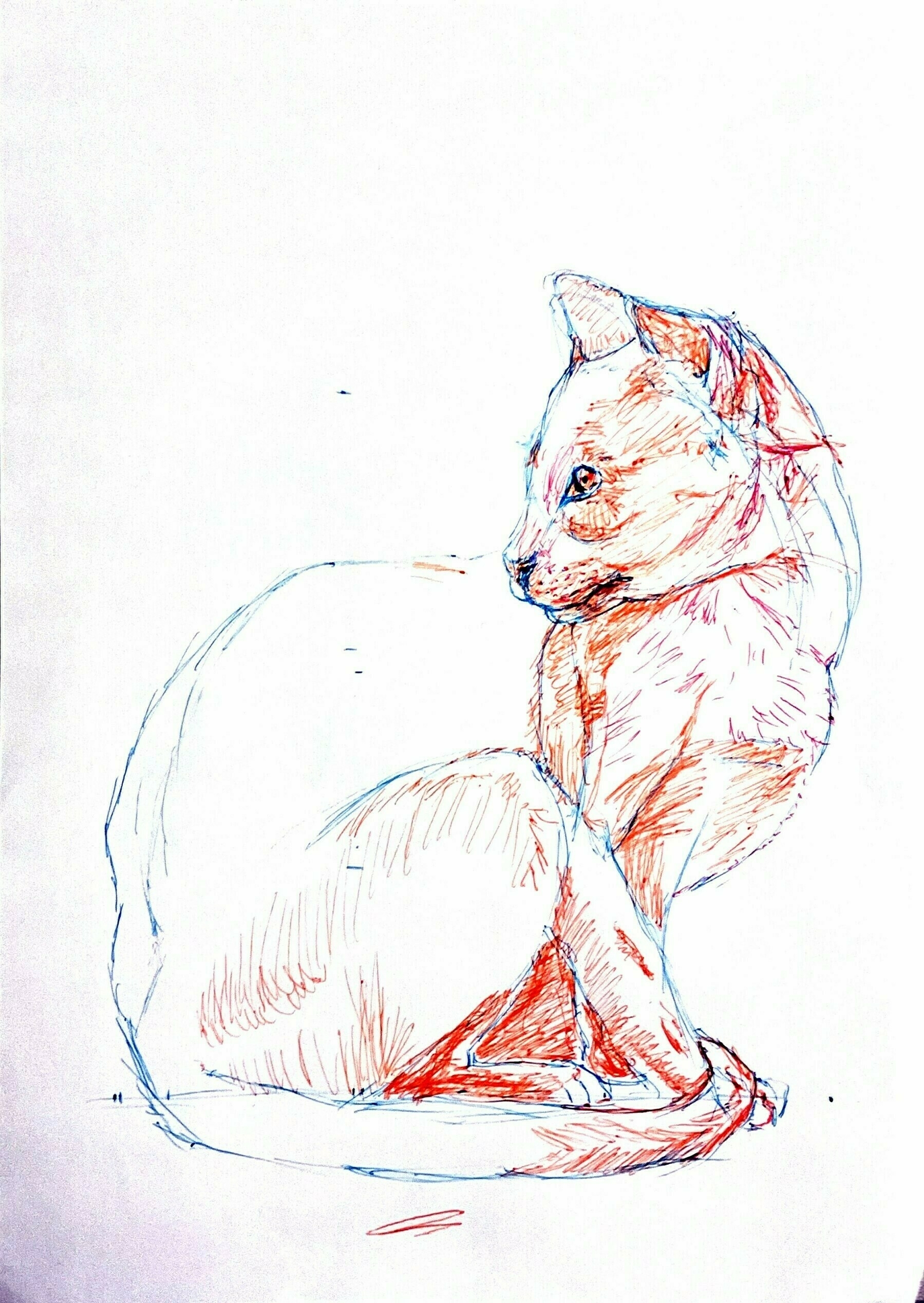
off-model drawing of an eastern shorthair cat -
I can now see what my weaknesses are, and what I need to focus on. I try to copy what I see, instead of drawing what I know, informed by what I see. IOW, simplify and then elaborate by adding details, big to small. So how will things improve?
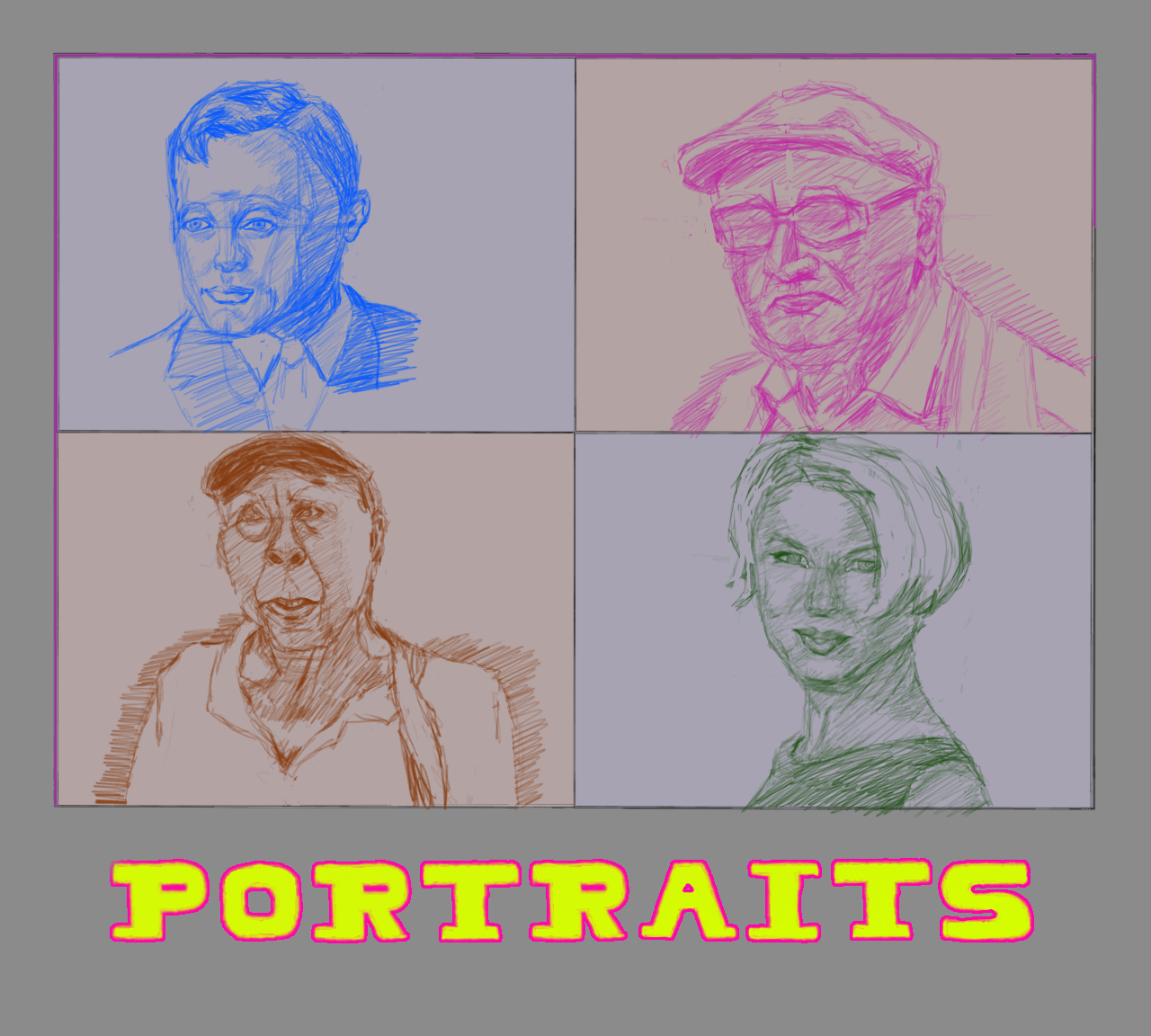
four quick portrait sketches from the past three days -
Apparently, in 2024 out of the 70,000 inhabitants of my hometown, only 56 people (8 in 10,000) started in the Marathon Rotterdam. Nationwide that’s 17,000 marathon runners out of 18,000,000 people (9 in 10,000). While running is on the rise since COVID19, the marathon is still a niche distance.
-
I know I’m drawing photo’s of heads instead of heads, but it’s a start. This time I drew the woman upside down, as to get less confused by my brain seeing meaning instead of shapes. Shapes I can draw, their meaning not so much.
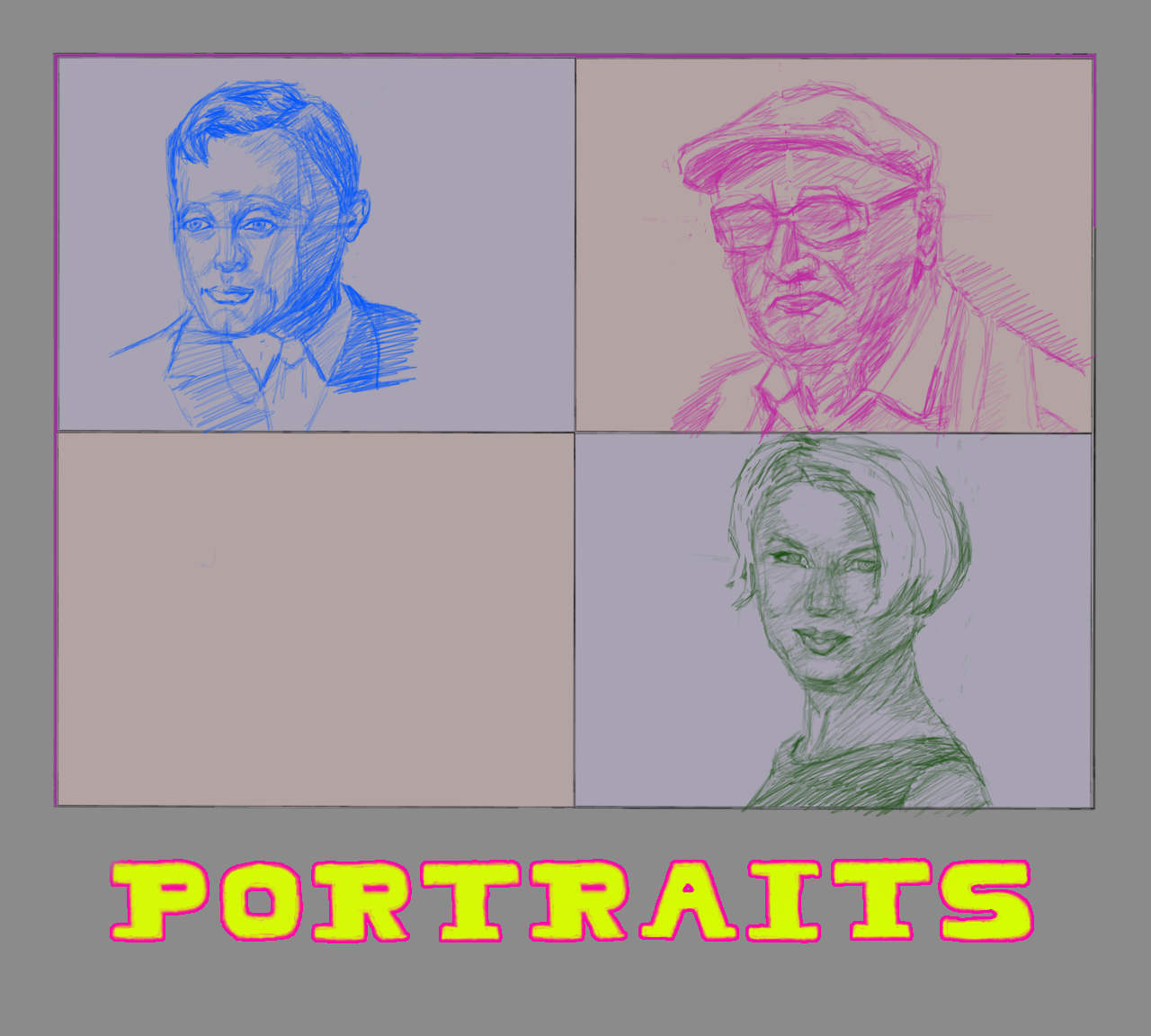
the bottom right is a blond-haired woman